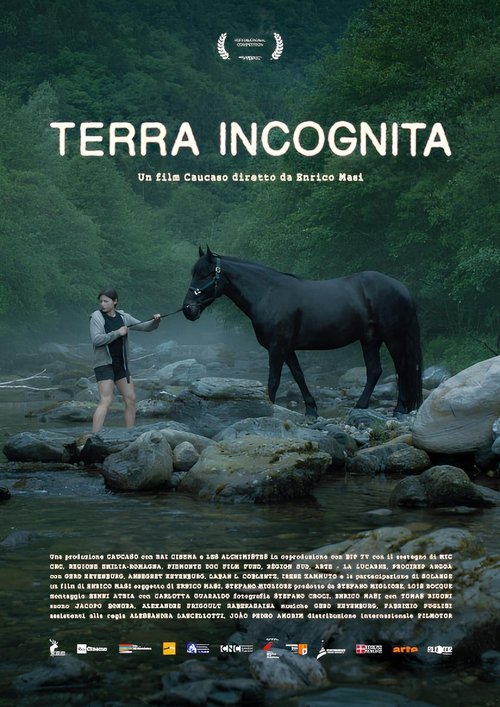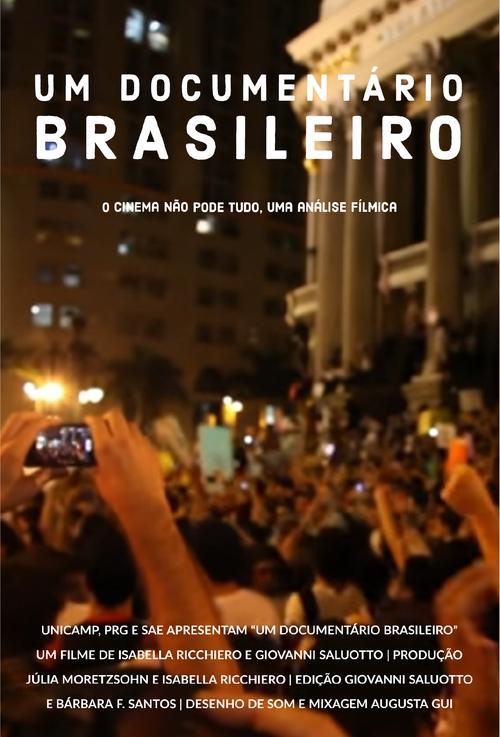Los Nadadores (2022)
History, work, sex, cinema, death and my older brother. An essay on what swimming pools mean in culture and the collective memories we have about them. Inspired by Ed Ruscha's swimming pool photographs.
Directors
Release Date
May 26, 2022
Runtime
00h 12m
Actors
Genre
Available in streaming on
For now, we have not found any platform that offers this movie in streaming...
History, work, sex, cinema, death and my older brother. An essay on what swimming pools mean in culture and the collective memories we have about them. Inspired by Ed Ruscha's swimming pool photographs.
Movies like Los Nadadores
5.3
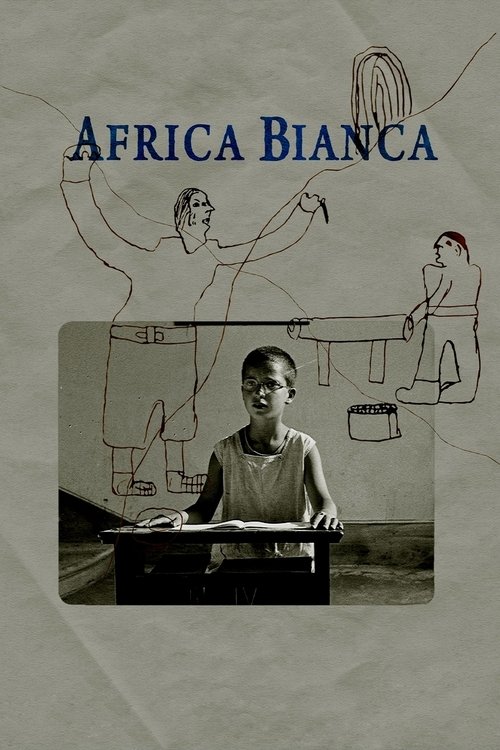
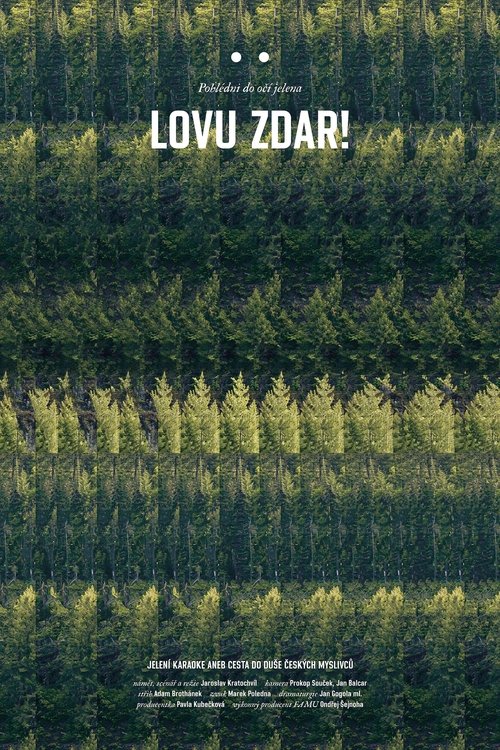
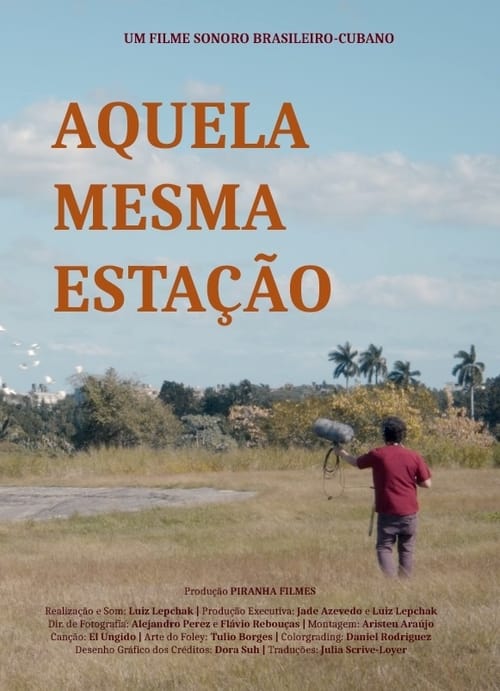
6.0
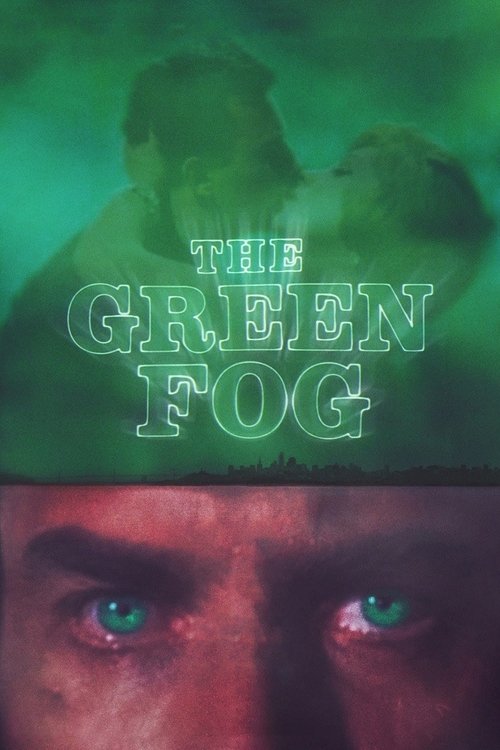
8.2

5.4
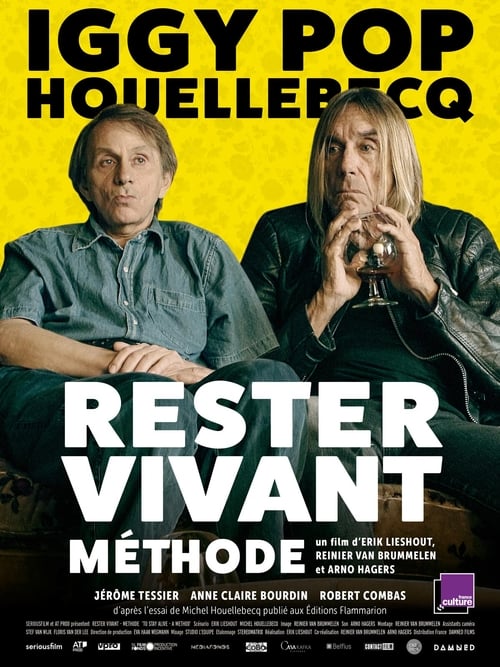
4.9


7.8
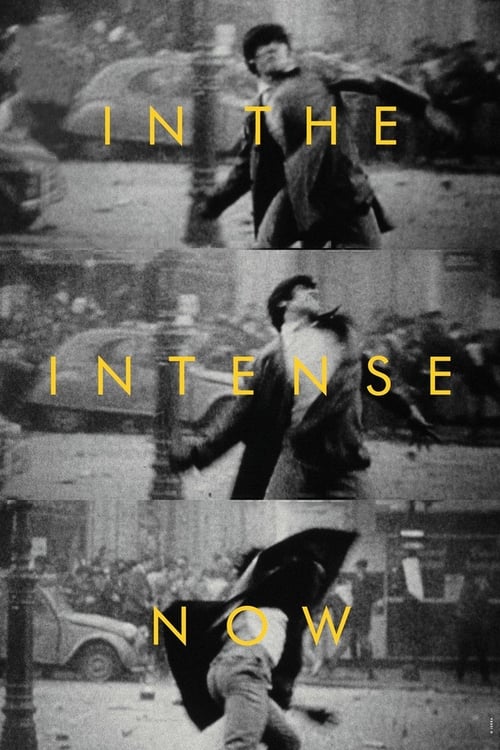
3.0
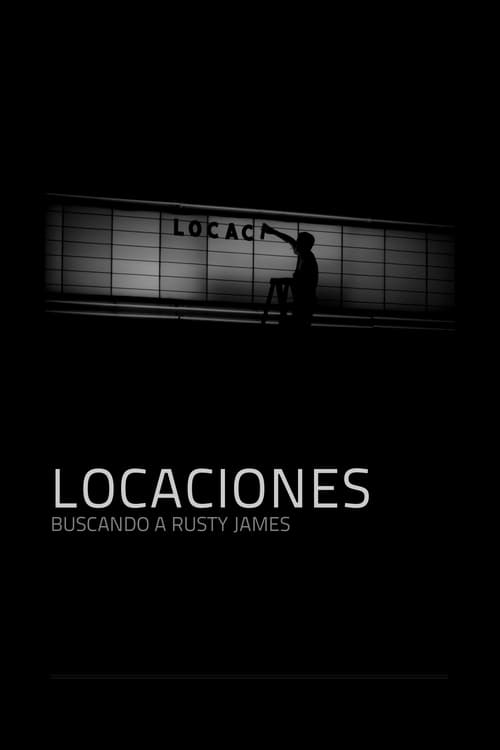
5.2
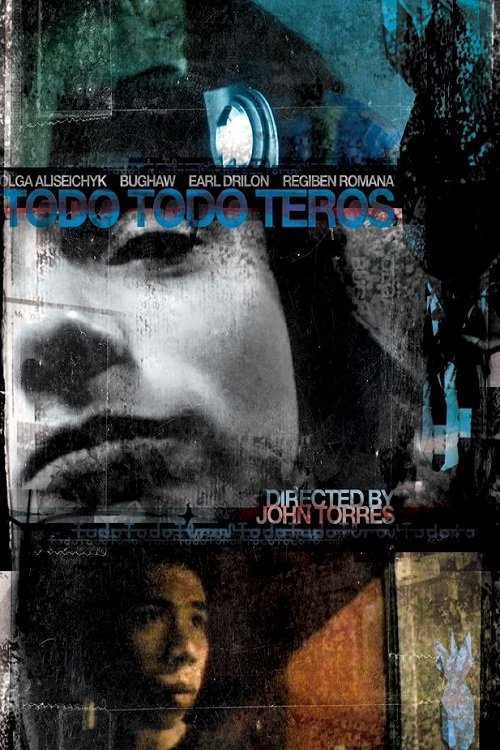
7.0

7.4
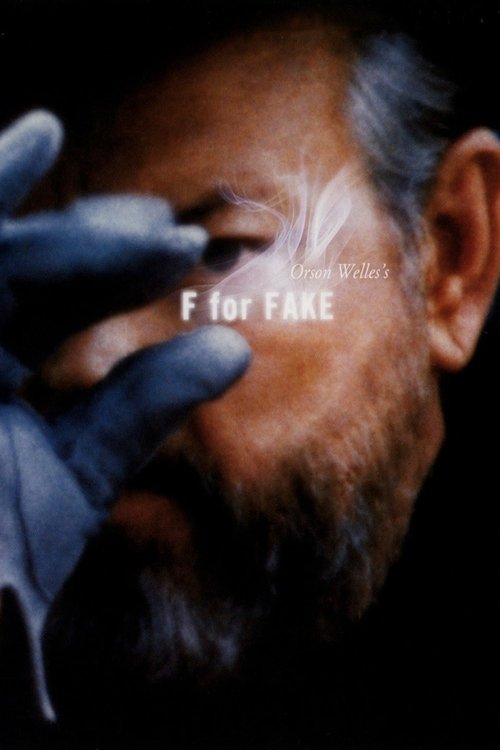
5.2
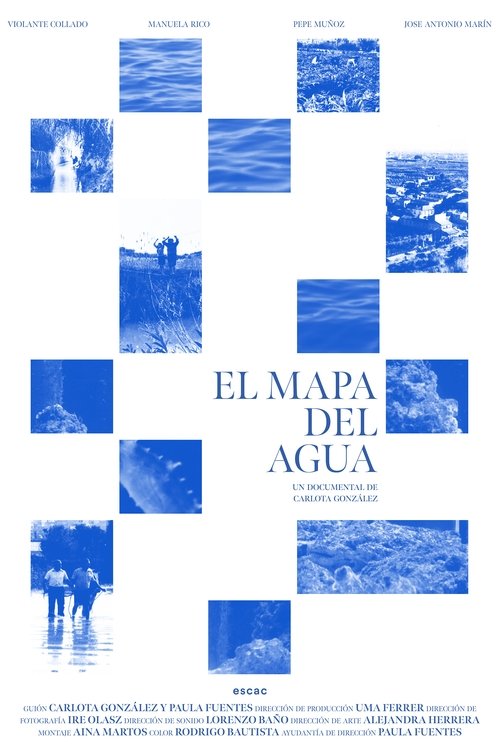
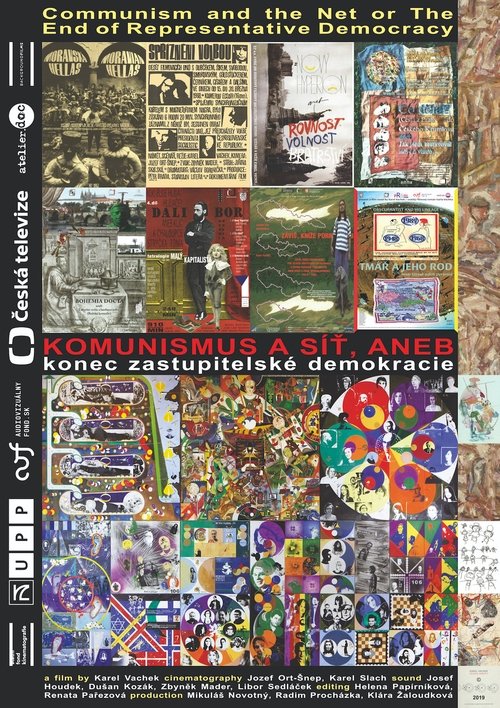
6.5
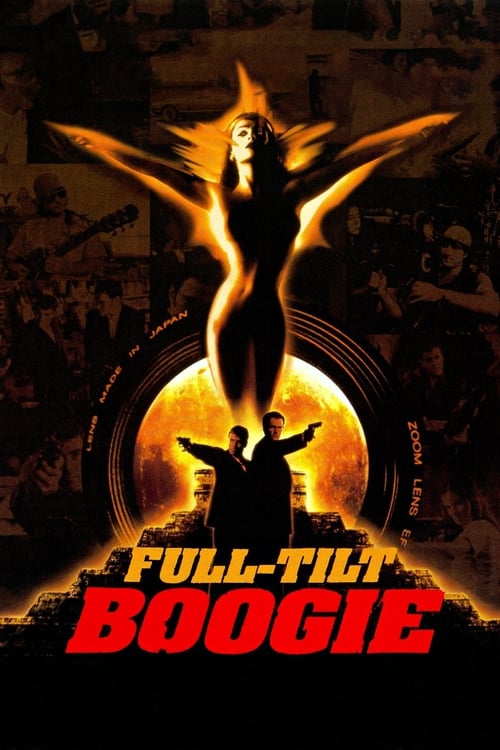

4.0

6.2
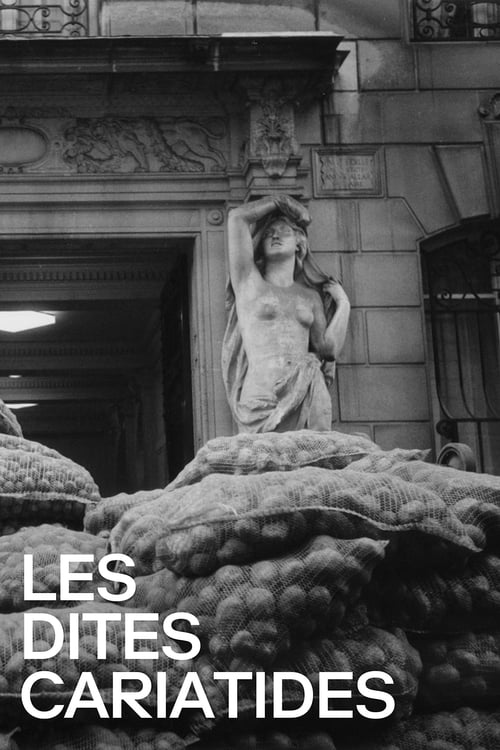
6.5
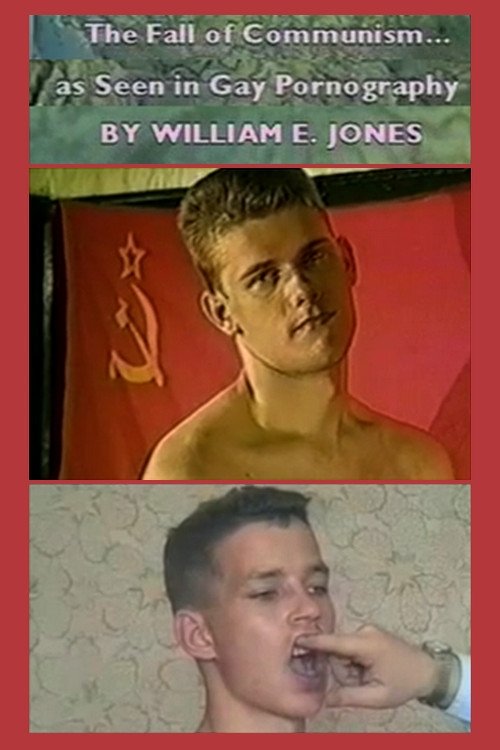
6.8

8.0
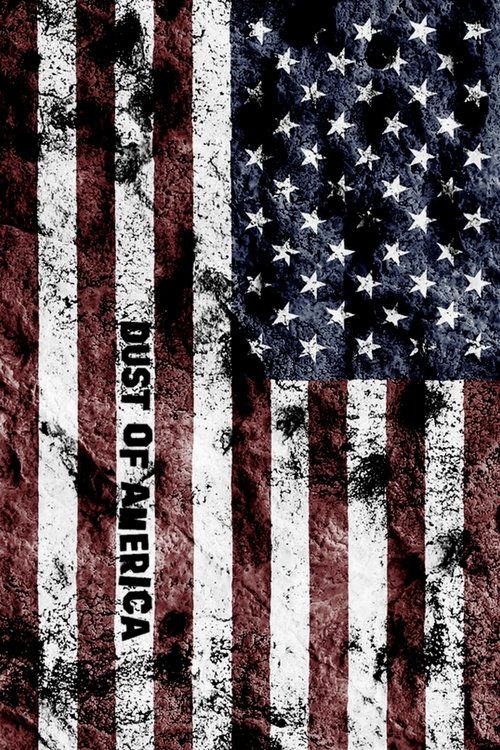
6.0
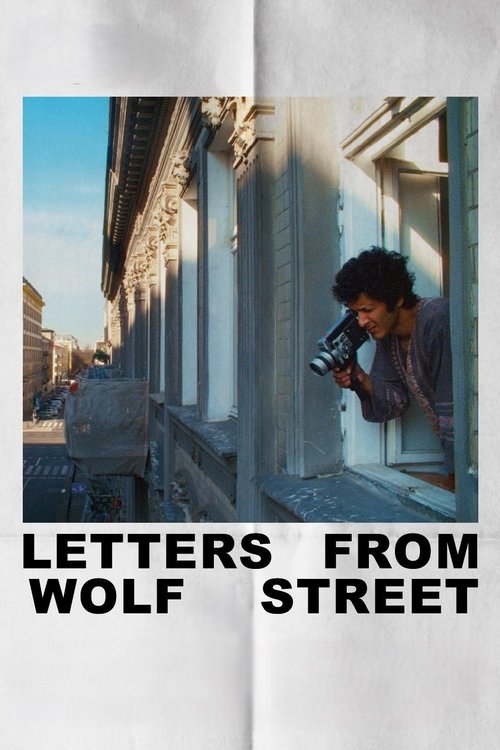
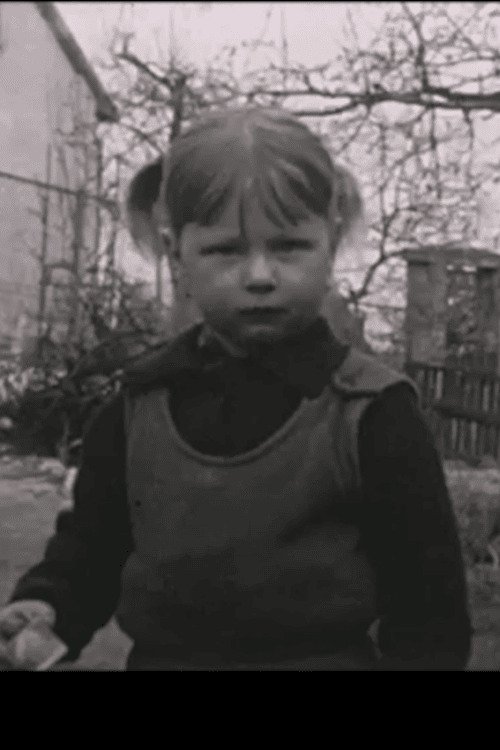
this evening out of boredom washed my hands three times in succession in the bathroom
2024
Search similar movies
7.0

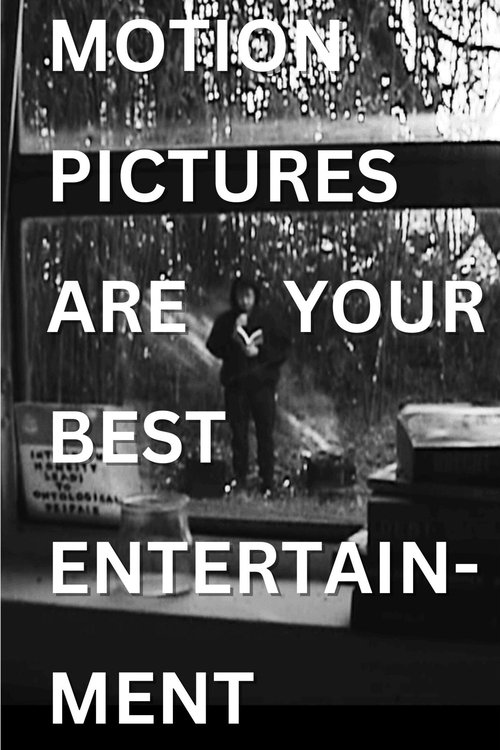
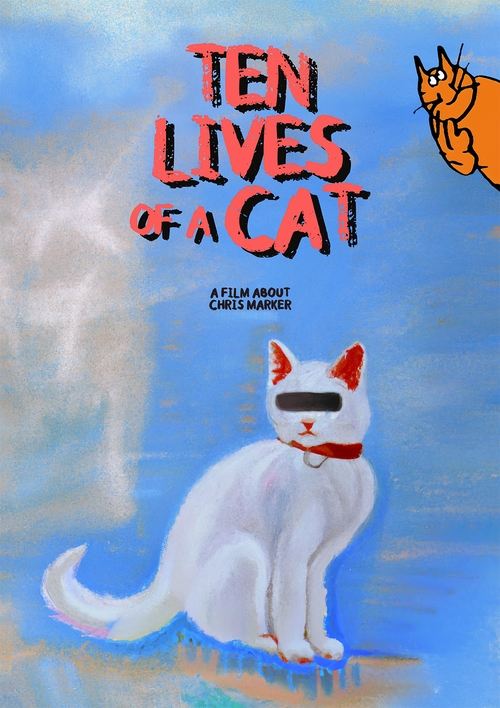
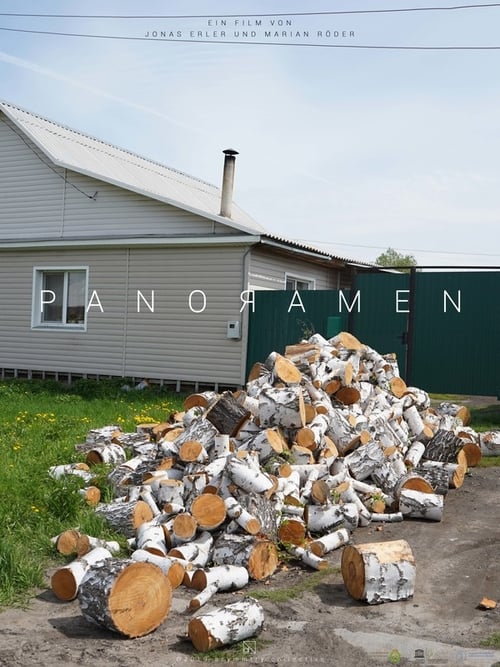
6.2
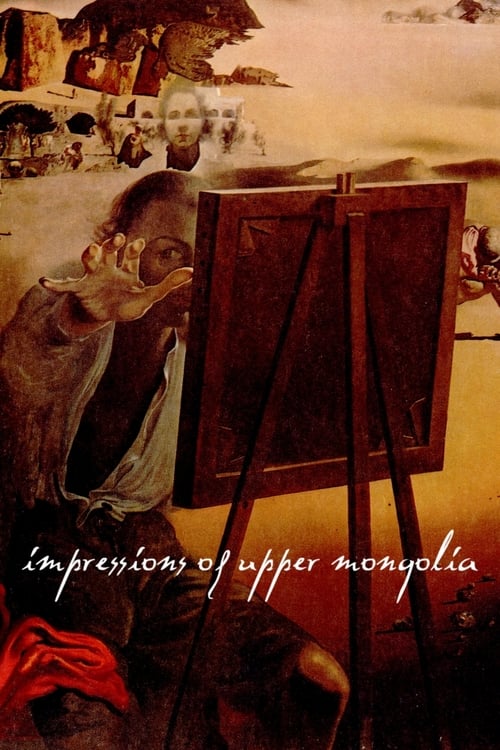
8.0
